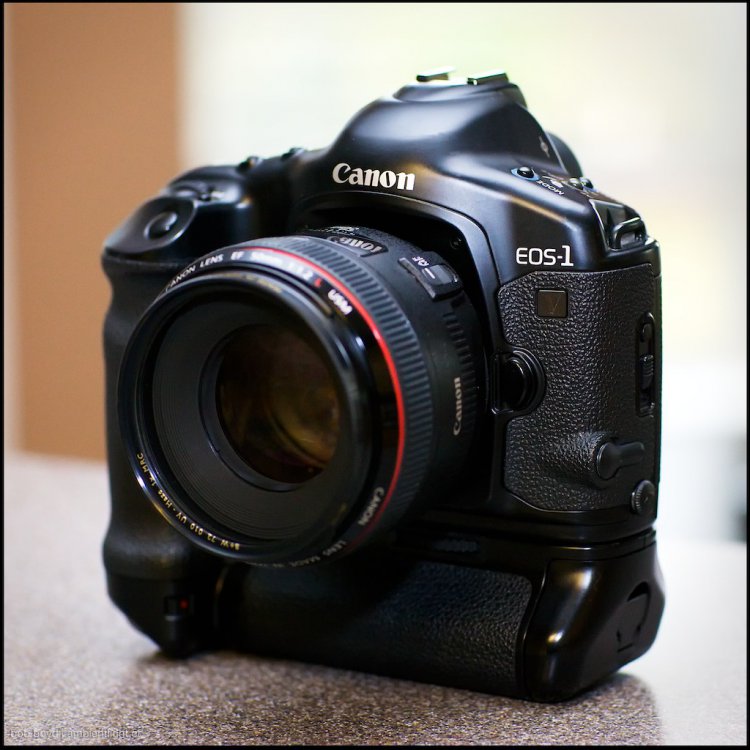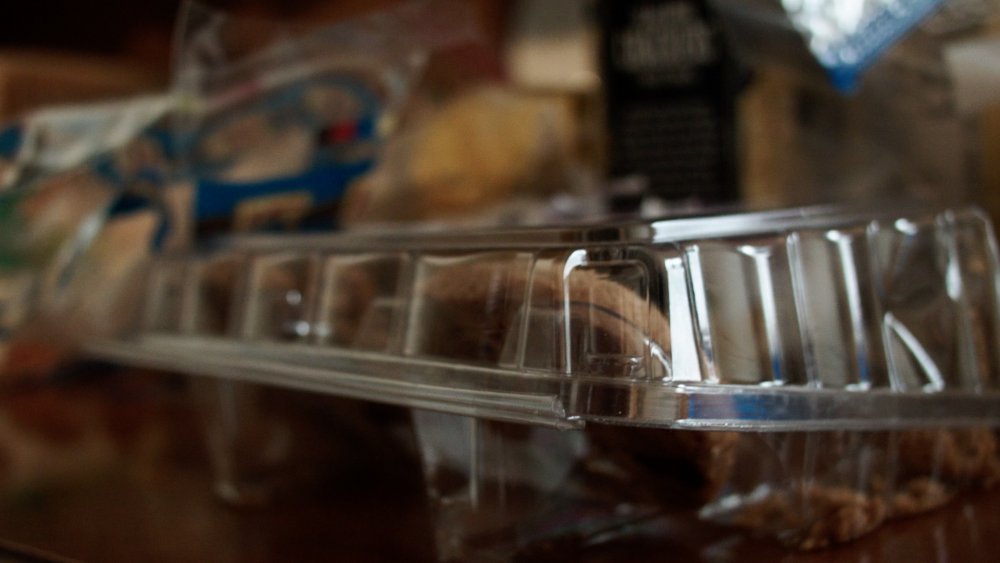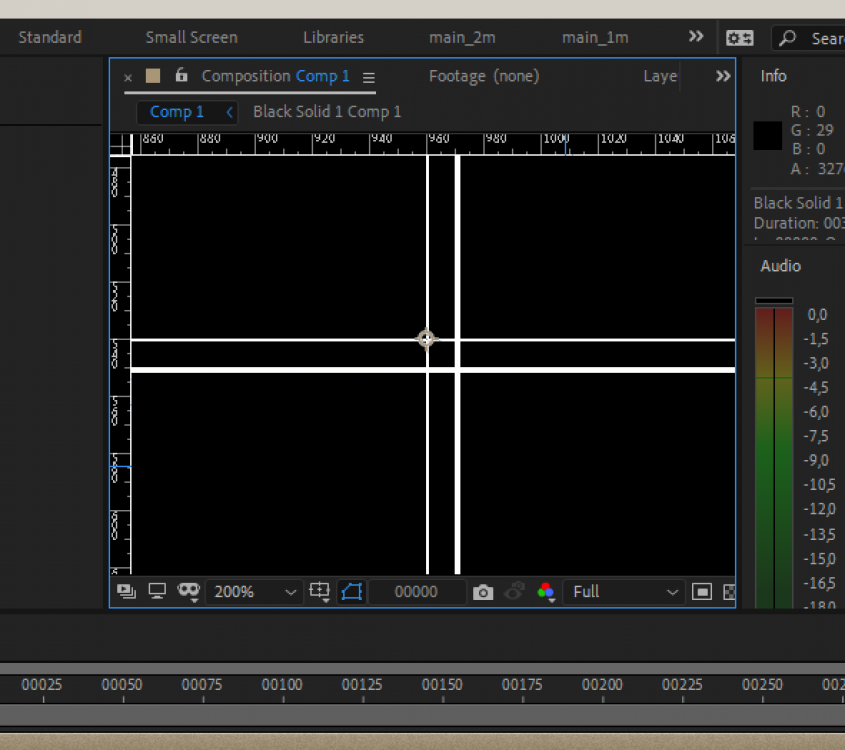Leaderboard
Popular Content
Showing content with the highest reputation on 04/14/2021 in all areas
-

Development announcement of Canon EOS R3
Emanuel and 2 others reacted to Andrew Reid for a topic
Now your username is relevant again 😉3 points -
I don’t BBF so don’t know but believe you can? I tried the Sigma 56mm f1.4 and it could not autofocus to save it’s own life. I ‘assume’ the other two in that line would be similar... The new 28-70mm f2.8 is quite good. Not as good as native Panny but then define ‘good’ in this context anyway! It’s OK, good even for anything but serious tracking. I am still waiting to push the button and test the lens I am most interested and that is the Sigma 65mm f2. If that works out OK, I will probably trade the 45mm f2.8 for the 35mm f2 as it will make a better pair for my needs.1 point
-
On the S5 there is a dedicated AF ON button on the back of the camera. One-shot AF is the way I think about it. I find it essential as the screens are small and focus peaking not that great (though that can be useful it depends on the light) plus my eyesight is not that great these days!1 point
-
Do you mean use the autofocus button when in MF? If so then yes, I use this method all the time when shooting video. You can also use the MF ring when in autofocus.1 point
-
Shure. Exactly this image has heavy compression artifacts and I was unable to find the original chart but I got the idea and recreated these pixel-wide colored "E" and did the same upscale-view-grab pattern. And, well, it does preserve sharp pixel edges, no subsampling. I dont have access to Nuke right now, not going to mess with warez in the middle of a work week for the sake of internet dispute, and I'm not 100% shure about the details, but last time I was composing something in Nuke it had no problems with 1:1 view, especially considering I was making titles and credits as well. And what Yedlin is doing - comparing at 100% 1:1 - it looks right. Yedlin is not questioning the capability of given codec/format to store given amount of resolution lines. He is discussing about _percieved_ resolution. It means that image should be a) projected, b) well, percieved. So he chooses common ground - 4K projection, crops out 1:1 portion of it and cycles through different cameras. And his idea sounds valid - starting from certain point digital resolution is less important then other factors existing before (optical system resolving, DoF/motion blur, AA filter) and after (rolling shutter, processing, sharpening/NR, compression) the resolution is created. He doesn't state that there is zero difference and he doesn't touch special technical cases like VFX or intentional heavy reframing in post, where additional resolution may be beneficial. The whole idea of his works: starting from certain point of technical resolution percieved resolution of real life images does not suffer from upsampling and does not benefit from downscaling that much. For example, on the second image I added a numerically subtle transform to chart in AE before grabbing the screen: +5% scale, 1° rotation, slight skew - essentially what you will get with nearly any stabilization plugin, and it's a mess in term of technical resolution. But we do it here and there without any dramatic degradation to real footage.1 point
-
Development announcement of Canon EOS R3
ntblowz reacted to Avenger 2.0 for a topic
Eye-Activated autofocus from EOS 3 is back 😀1 point -

Best affordable camera as of 2021?
empedocles reacted to MrSMW for a topic
Full frame, more dynamic range, better low light, better built, better ergos, IBIS for both stills and video, plus with the latest firmware, more capable as a ‘cinema’ camera if you wish to rig it up and record externally. In regard to the latter, I don’t, so it doesn’t make any difference to me. Fuji wins for me on; size (but needs at least an aftermarket bracket grip which cost peanuts and in fact I have 2 to give away for the cost of postage EU) and SOOC colour science if you do not shoot log. A better comparison is the XT4 as that has IBIS. S1 vs XT4? I would choose XT4. S5 vs XT4? S5 for me. The ‘issue’ that some struggle with is the lenses... Fuji make many, but none really float my boat. If I had to pick one, I’d go 16-55mm f2.8 ‘one and done’ giving a full-frame equivalent range of 24-83mm. Panasonic get criticized for a lack of full-frame lenses and that most are too big and heavy and to an extent this is true...but smaller primes have begun to appear and all the Sigmas and Leica’s (budget busters for most) etc. I’m happy with the pairing of Sigma’s 28-70mm f2.8 which is shorter in reach than Fuji’s equivalent but the Panasonic’s can all do APSC crop mode turning the 28-70 into a 28-105mm. To conclude, the package of S5 + Sigma 28-70mm is no bigger, actually lighter and more capable than the pairing of the Fuji XT4 + 16-55mm. Just... Couldn’t go wrong with either! I do prefer primes but that for me means more bodies as I need multiple focal lengths at the same time so use 2 bodies (need a third) and 5 lenses.1 point -
Best affordable camera as of 2021?
empedocles reacted to TomTheDP for a topic
XT4 and XT3 are the same IQ wise. Having owned both the S1 and XT3, I can say the S1 dynamic range is better, better in high ISO's. The image is more natural than the XT3, less sharpening and less noise reduction going on. I like the Fuji color presets a lot. If you are shooting in LOG you kind of lose that edge, as the color on Fuji log isn't particularly easy to work with. Eterna is really nice though. Fujis HD 120fps is better than Panasonics.1 point -

Camera resolutions by cinematographer Steve Yeldin
MaverickTRD reacted to kye for a topic
I think perhaps the largest difference between video and video games is that video games (and any computer generated imagery in general) can have a 100% white pixel right next to a 100% black pixel, whereas cameras don't seem to do that. In Yedlins demo he zooms into the edge of the blind and shows the 6K straight from the Alexa with no scaling and the "edge" is actually a gradient that takes maybe 4-6 pixels to go from dark to light. I don't know if this is do to with lens limitations, to do with sensor diffraction, OLPFs, or debayering algorithms, but it seems to match everything I've ever shot. It's not a difficult test to do.. take any camera that can shoot RAW and put it on a tripod, set it to base ISO and aperture priority, take it outside, open the aperture right up, focus it on a hard edge that has some contrast, stop down by 4 stops, take the shot, then look at it in an image editor and zoom way in to see what the edge looks like. In terms of Yedlins demo, I think the question is if having resolution over 2K is perceptible under normal viewing conditions. When he zooms in a lot it's quite obvious that there is more resolution there, but the question isn't if more resolution has more resolution, because we know that of course it does, and VFX people want as much of it as possible, but can audiences see the difference? I'm happy from the demo to say that it's not perceptually different. Of course, it's also easy to run Yedlins test yourself at home as well. Simply take a 4K video clip and export it at native resolution and at 2K, you can export it lossless if you like. Then bring both versions and put them onto a 4K timeline, and then just watch it on a 4K display, you can even cut them up and put them side-by-side or do whatever you want. If you don't have a camera that can shoot RAW then take a timelapse with RAW still images and use that as the source video, or download some sample footage from RED, which has footage up to 8K RAW available to download free from their website.1 point -

Development announcement of Canon EOS R3
kaylee reacted to Andrew Reid for a topic
1 point -
I picked up a very inexpensive BMMCC last year and I am finally getting around to rigging it up. I bought a SmallHD Focus, but I need a new HDMI cable for it. So in the meantime, I used my TV as a monitor to test the Metabones Speedbooster with it and the weirdest thing occurred... everything worked fine but when I hit record, the screen went black... when I hit record again, the image returned. The shots were recorded but obviously I was flying blind. Any ideas why this is happening? With that said, I forgot how much I like the image from the Micro. With just a LUT and a couple exposure adjustments, I came up with this...1 point
-
Camera resolutions by cinematographer Steve Yeldin
MaverickTRD reacted to KnightsFan for a topic
I'm going to regret getting involved here, but @tuppI think you are technically correct about resolution in the abstract. But I think that Yedlin is doing his experiments in the context of real cameras and workflow, not an abstract. I mean, it's completely obvious to anyone who has ever played a video game that there is a huge, noticeable difference between 4k and 2k, once we take out optical softness, noise, debayering artifacts, and compression. If we're debating differences between Resolutions with a capital R, let's answer with a resounding "Yes it makes a difference" and move on. The debate only makes sense in the context of a particular starting point and workflow because in actual resolution on perfect images the difference is very clear. And yeah, maybe Yedlin isn't 100% scientific about it, maybe he uses incorrect terms, and I think we all agree he failed to tighten his argument into a concise presentation. I don't really know if discussing his semantics and presentation is as interesting as trying to pinpoint what does and doesn't matter for our own projects... but if you enjoy it carry on 🙂 I will say that for my film projects, I fail to see any benefit past 2k. I've watched my work on a 4k screen, and it doesn't really look any better in motion. Same goes for other movies I watch. 720p to 1080p, I appreciate the improvement. But 4k really never makes me enjoy it any more.1 point -
Camera resolutions by cinematographer Steve Yeldin
John Matthews reacted to slonick81 for a topic
The attached image shows 1px b/w grid, generated in AE in FHD sequence, exported in ProRes, upscaled to QHD with ffmpeg ("-vf scale=3840:2160:flags=neighbor" options), imported back to AE, ovelayed over original one in same composition, magnified to 200% in viewer, screengrabbed and enlarged another 2x in PS with proper scaling settings. And no subsampling present, as you can see. So it's totally possible to upscale image or show it in 1:1 view without modifying original pixels - just don't use fractional enlargement ratios and complex scaling. Not shure about Natron though - never used it. Just don't forget to "open image in new tab" and to view in original scale. But that's real life - most productions have different resolution footage on input (A/B/drone/action cams), and multiple resolutions on output - QHD/FHD for streaming/TV and DCI-something for DCP at least. So it's all about scaling and matching the look, and it's the subject of Yedlin's research. More to say, even in rare "resolution preserving" cases when filming resolution perfectly matches projection resolution there are such things as lens abberations/distorions correction, image stabilization, rolling shutter jello removal and reframing in post. And it works well usually because of reasons covered by Yedlin. And sometimes resolution, processing and scaling play funny tricks out of nothing. Last project I was making some simple clean-ups. Red Helium 8K shots, exported as DPX sequences to me. 80% of processed shots were rejected by colourist and DoP as "blurry, unfitting the rest of footage". Long story short, DPX files were rendered by technician in full-res/premium quality debayer, while colourist with DoP were grading 8K at half res scaled down to 2K big screen projection - and it was giving more punch and microcontrast on large screen then higher quality and resolution DPXes with same grading and projection scaling.1 point -
Best affordable camera as of 2021?
tomastancredi reacted to Avenger 2.0 for a topic
Original Canon C100. You'll find it around €/$ 500.1 point -
Best affordable camera as of 2021?
Mark Romero 2 reacted to ade towell for a topic
Used Fuji X-t3, absolute bargain1 point -

A7rii in 2021
Trek of Joy reacted to gethin for a topic
Yep I thought about that but used z7s are still about $3k in Aus, I saw a used a7rii yesterday for $1000! I figure I can get an autofocus lens adaptor. And still be ahead. But yes matching the colours might be interesting. I probably should find some RAWS and footage to play with before I jump in.1 point -
I'm just hoping these 1 inch sensors eventually make their way into DJI's pocket and action cameras.1 point



